Affiliate links on Android Authority may earn us a commission. Learn more.
What are Hearables and what's at play?
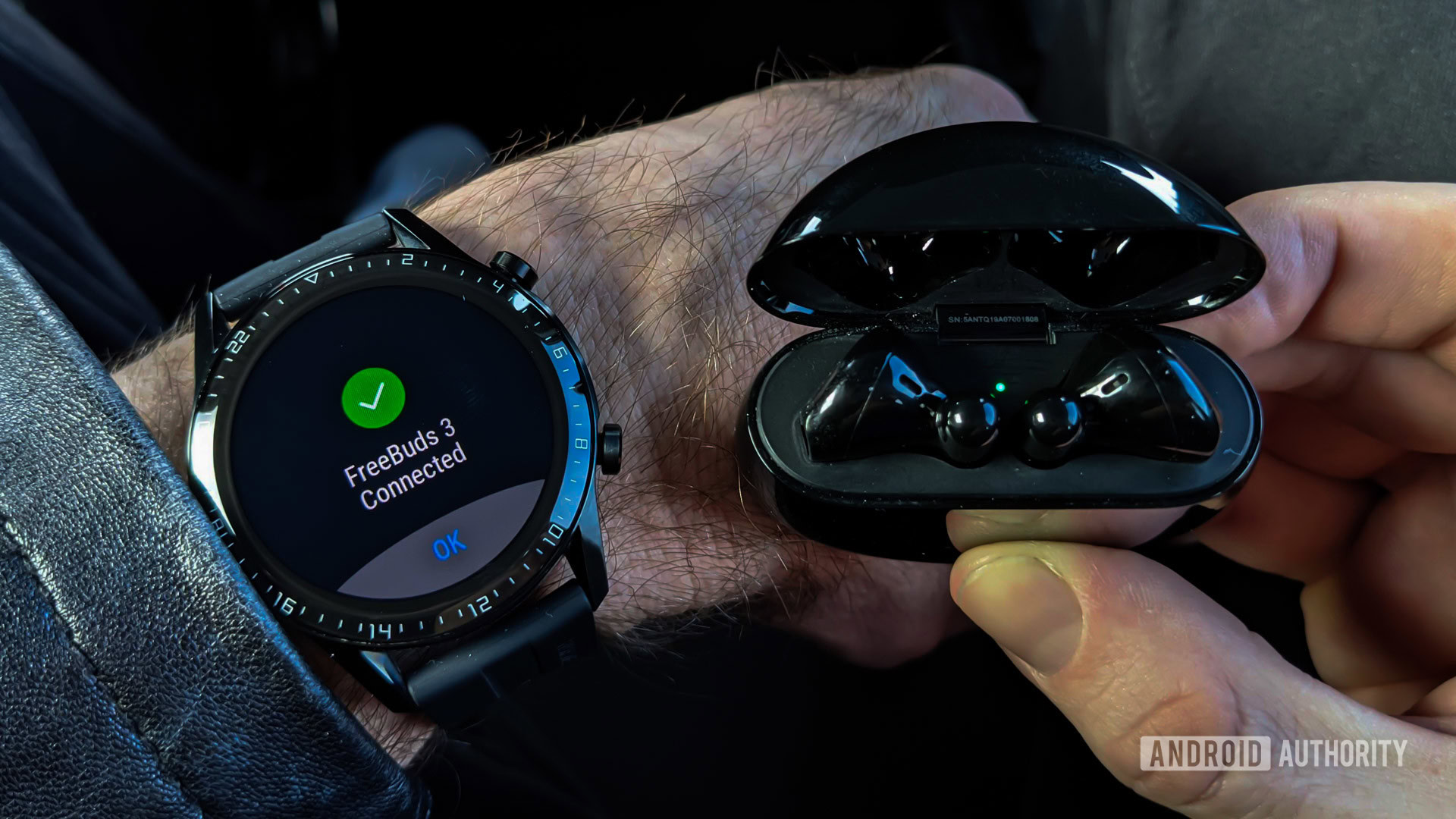
The future of hearables is bright. The 2014 emergence of modern wearables technology changed the outlook of next-generation features. Traditionally, consumers have turned to smartwatches for high-tech wearables; however, seamless integration of audio, health, and voice assistance is the next stage in wearable development. Specifically — hearables technology.
So, what are hearables, and what’s at play? We’re here to look at some of the promised innovations and how they might affect you. At the moment, this is a relatively new technology. However, the potential is enormous. It could have a huge impact on how we view, use, and trust our gadgets in a big way.
Hearables technology explained
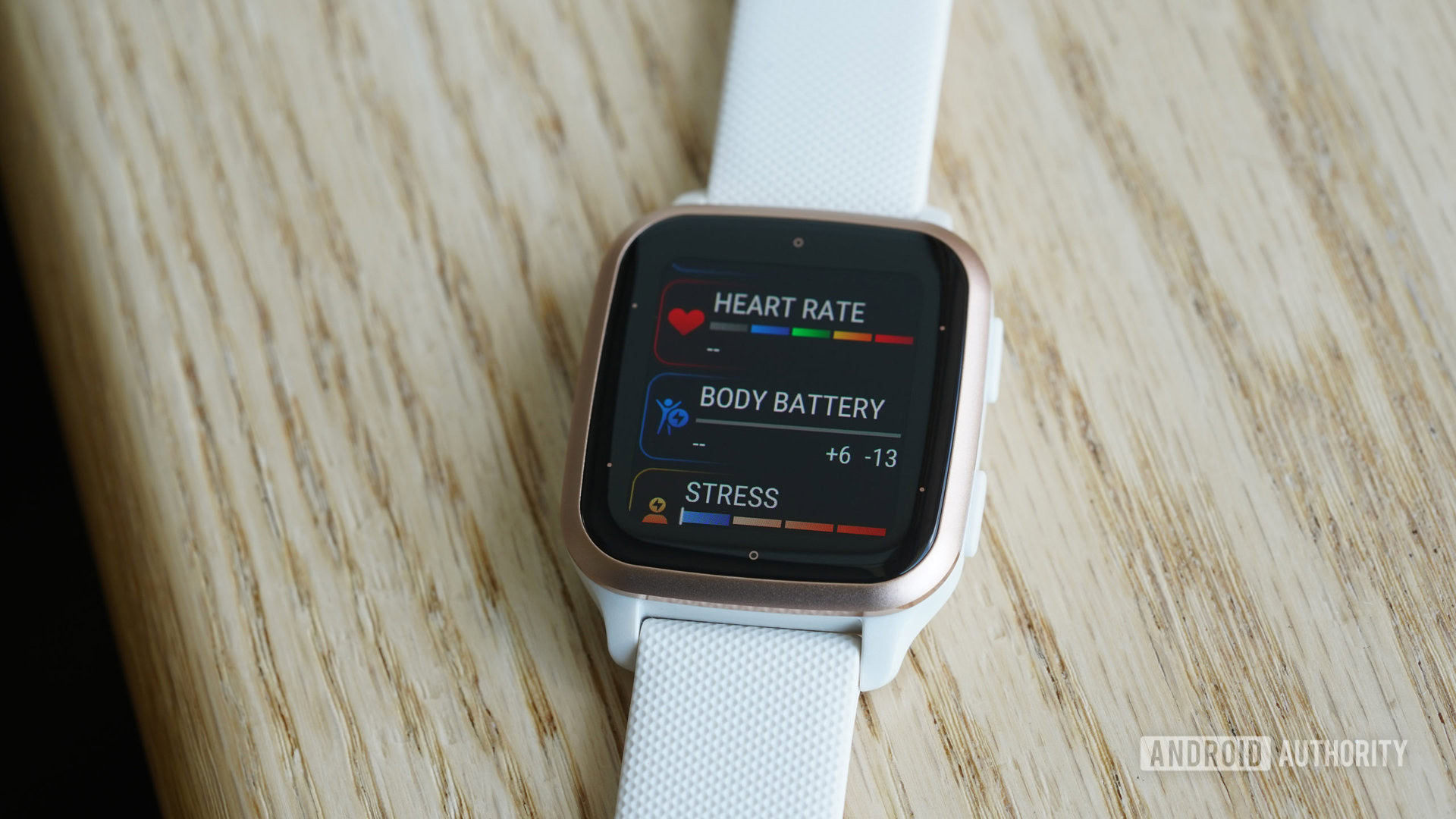
Simply put, hearables are wireless electronic devices worn in, on, or around the ear. This includes headphones, hearing aids, and cochlear implants. Their applications include hearing assistance and augmentation, health monitoring, and the wireless broadcasting of information and entertainment. Their focus is particularly on consumer use and healthcare, but could also extend to industrial use and many other applications.
Have you ever caught yourself dreaming about a multi-purpose headphone? One that not only streams your favorite music and keeps you connected, but also tracks your health and general well-being? Well, that’s where the future of hearables really comes into play. These advanced, electronic in-ear devices promise simultaneous, multi-function capabilities. The close proximity of the ear to the brain also gives them an advantage over smartwatches. Neural information is collected by using the very same electrodes that measure heart signals. Collating these measurements can quantify stress levels, sleep quality, emotional state, and even diagnose epilepsy.
Advanced, electronic in-ear devices promise simultaneous, multi-function capabilities.
So far, sports and health devices have been the main beneficiaries of heart rate and neuro-information monitoring. Wearable technologies such as Fitbit and Apple Watch already offer users detailed physical information including heart rate, stress levels, and sleep quality. For health devices, Clinatec has used implantable electrodes that can communicate with exoskeletons to enable paraplegics to walk. The inclusion of these exciting technologies into mass-market earbuds could benefit daily life on a huge scale. And better accessibility to state-of-the-art features could help the general public live healthier, happier lifestyles.
How do hearables work?
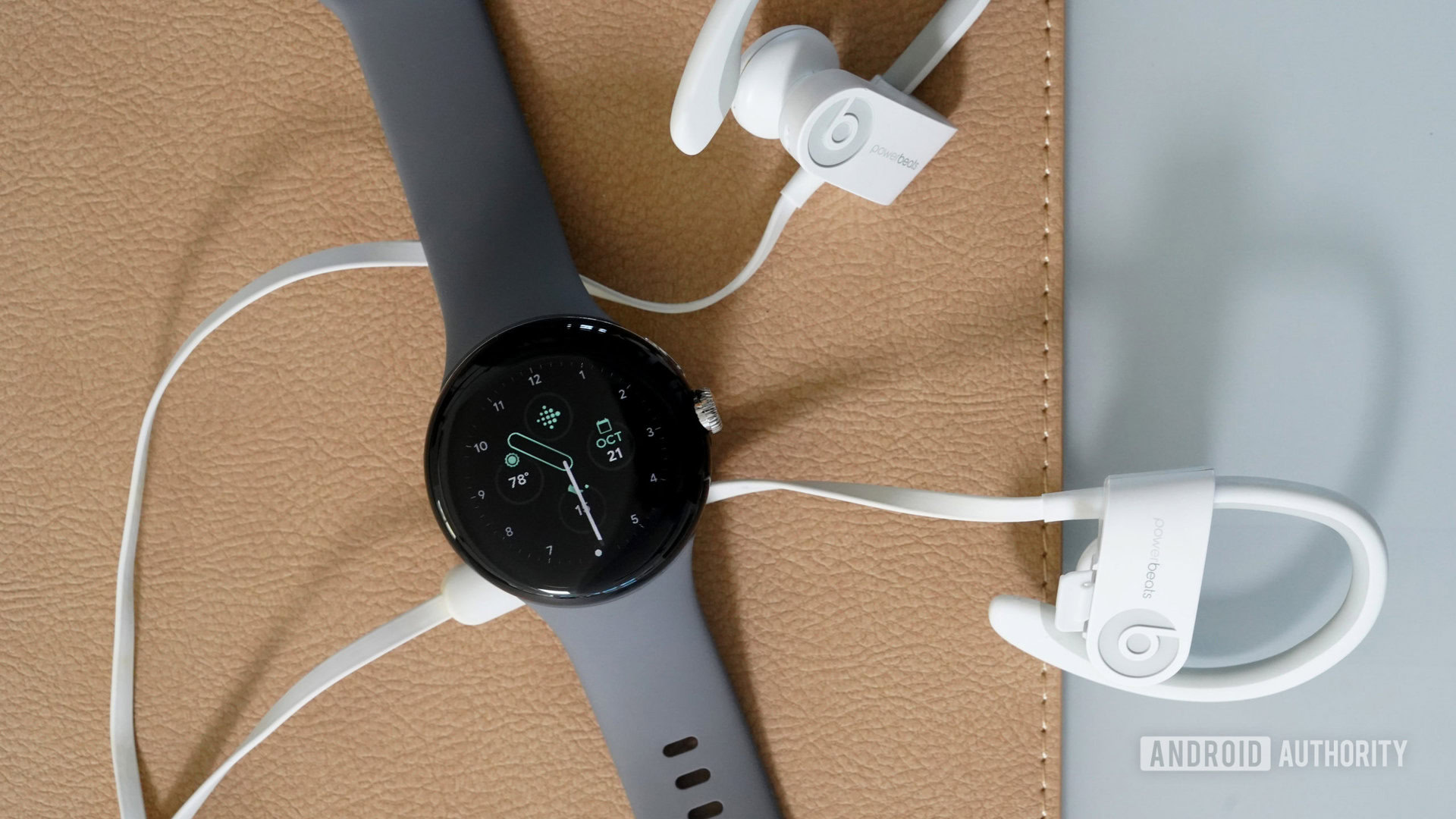
What sets hearables apart from regular wireless headphones is their ability to inform and improve a wearer’s lifestyle. For example, biometric monitoring of the ear, as well as built-in ECG technology, helps to assess prolonged heart rate variability. Motion and proximity sensors could be on the cards, too. Analyzing a user’s surroundings could paint a virtual world detectable by sound prompts. If you enjoy exercise, monitor your general physical activity, or require mobility assistance, hearables can play a big part here too.
What sets hearables apart from regular wireless headphones is their ability to inform and improve the wearer's lifestyle.
And it isn’t just physical data. Analyzing neurological EEG signaling also promises to detect mood fluctuations. That spells good news for improving and monitoring our mental well-being.
The inclusion of internal and multi-directional external microphones also gives users control over ANC, transparency mode, voice detection, and environmental sound levels. Customizable and automated audio controls mean that users can adjust their sound to suit their surroundings. Advanced signal processing and the inclusion of Bluetooth LE Audio further enhance this, providing low-latency, low-energy data transfer.
From music to health, and environment turning, hearables will have you covered.
LE Audio also paves the way for multi-synchronous audio streaming. The inclusion of “Auracast” technology could see hearables wirelessly connect straight to audio sources. Users could connect directly to cinema audio systems, pub televisions, or even football game announcements. These direct connections would provide much sought-after clarity that external microphones are less able to produce.
Who are hearables for?
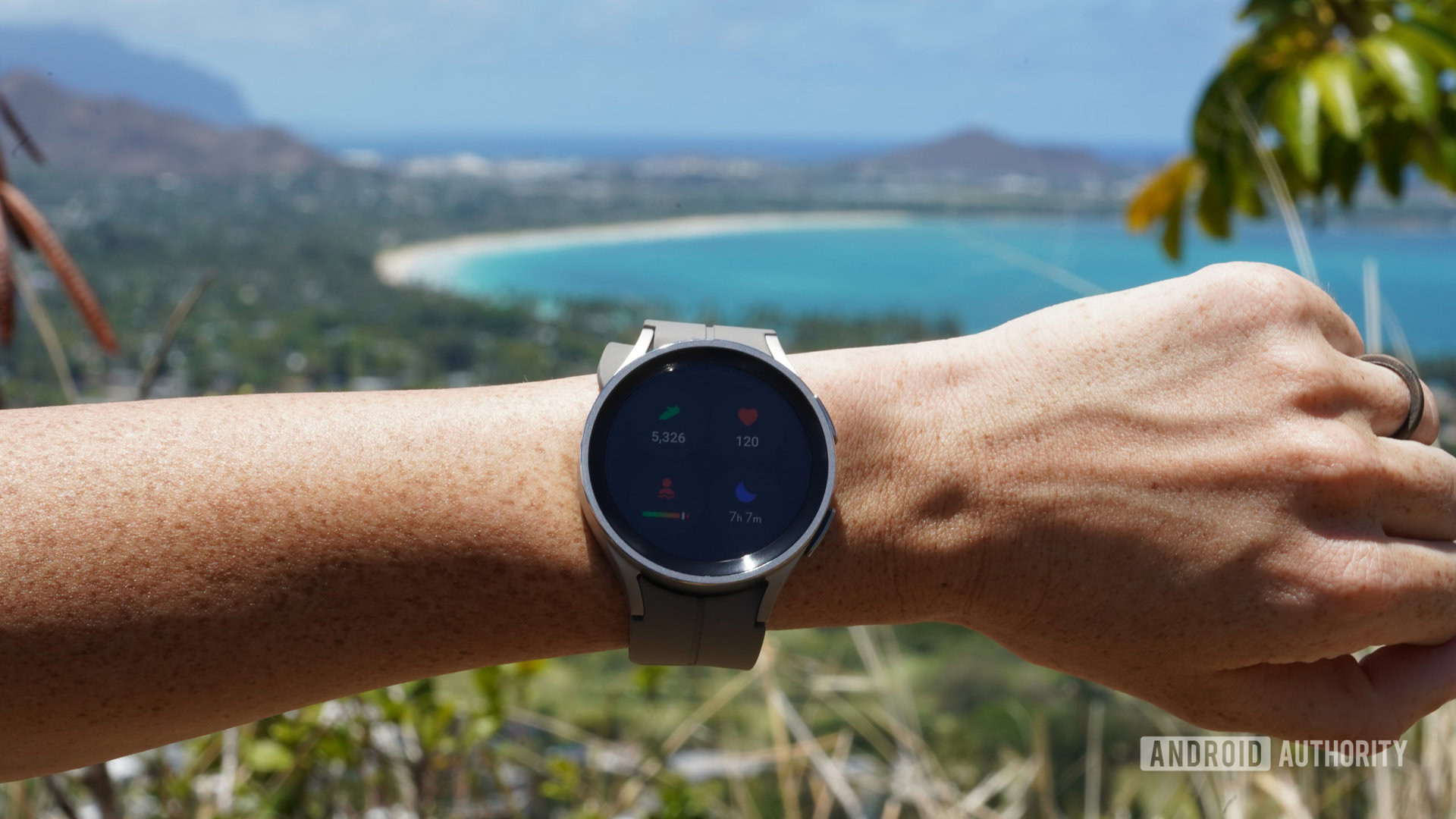
The hearables market is not quite the same as the wearables (i.e. smartwatch) market. Let’s see who could make the most use of these products.
A new category of in-ear devices
The ever-increasing sophistication of algorithms that configure and adjust wireless headphones threatens the status quo of traditional hearing aids. The Over-The-Counter Hearing Aid Act, passed in the US in 2017, has only compounded this. By creating a new category of in-ear devices, people with mild to moderate hearing impairment have easier access to aural healthcare. People can purchase over-the-counter (OTC) hearing aids directly from stores or online retailers without needing a medical exam or prescription.
By creating a new category of in-ear devices, people with mild to moderate hearing impairment have easier access to aural healthcare.
This is expected to lower the costs of hearing aids and general healthcare for the American public. It also fosters innovation and competition in the hearing aid technology market, which is blurring the lines between traditional medical devices and consumer electronics.
Medical meets consumer needs
One of the most exciting applications to come out of this is hearing-enhancement earbuds. Built for people with a range of hearing difficulties, these headphones can offer helpful solutions but also cross over with many features we’re familiar with in modern earbuds.
In addition to clearer sound quality, hearing-enhancement earbuds’ voice assistant features will give users more control. In loud environments, these innovative earbuds can dynamically adjust input volume. Advanced ANC capabilities will also help keep outside noise to a minimum. Not only that, some hearables will host both a primary and secondary battery, too. That’s because clear, long-lasting communication is important to our everyday lives. Having a set of hearing-enhancement earbuds run out of charge mid-conversation would be disastrous, to say the least. With that in mind, we can expect to see wireless and fast charging play an important role here. Users will expect their hearables to be ready on the fly.
Days spent worrying about the stigma attached with using traditional hearing aids may be over.
Another understated benefit is their subtlety. Days spent worrying about the stigma attached to using traditional hearing aids may be over. All of this innovative technology will be subtly cased inside the earbuds themselves. That spells good news for those of us (myself included) who struggle with problems such as tinnitus.
The pitfalls faced by hearables
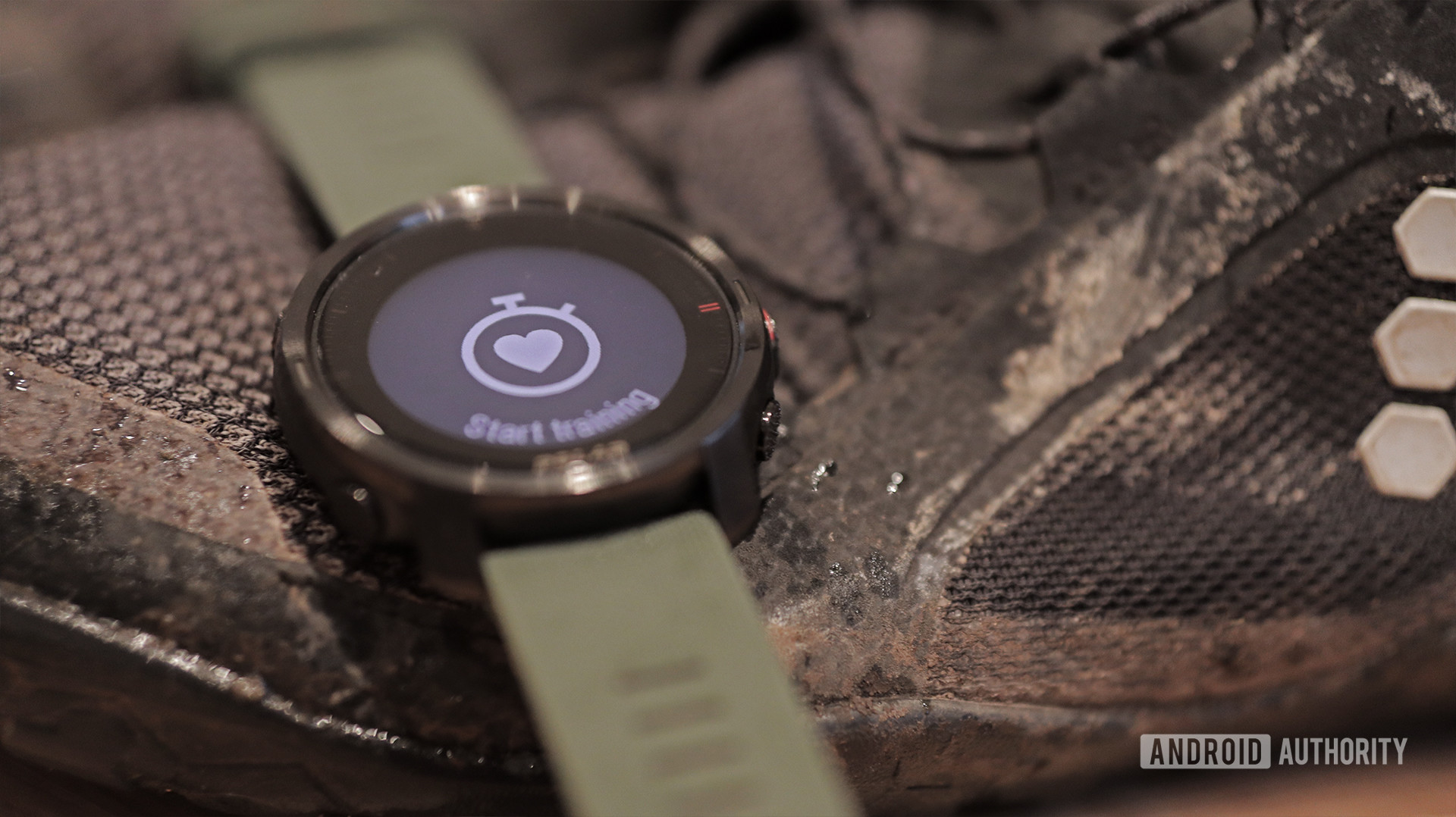
Although hearables promise a lot for those with hearing impairments, they have their downsides.
Cost, visualization, and social acceptance
Hearables will need to overcome the balancing act between data access and visualization. What this means, is making sure that people can access their data in a user-friendly way. Apps will need to collect and display users’ information in a digestible format. Given the huge potential of hearables technology, apps will also need clear functionality. If there’s too much jargon, it’s likely the mass market will give hearables a miss. Social acceptance of this technology is key here. Without it, big companies will struggle to justify the cost of rolling out these new features en masse. A lot of this is dependent on popular brands adopting the appropriate integrations.
Current smartwatches need to be able to connect to hearables devices via a mutual, high-end Bluetooth connection too. Unfortunately, at this moment in time, it’s unclear how hearables will connect with smart devices currently in circulation.
The cost to consumers is also expected to remain high in the short to medium term. If we take the Jabra Enhance Plus hearables as an example of this, people can expect to pay upwards of $700. While that’s competitive compared to some traditional top-end hearing aids, it’s vastly more expensive than most wireless headphones.
Connectivity and real-time monitoring
One of the cornerstones that make smartwatches so desirable, is their ability to monitor your activity in real time. Although data collection, basic processing, and data transfer can be conducted by hearables, real-time data transfer could pose a problem. Without their own onboard computer system, hearables will need to continue pairing with smartphones, tablets, or laptops in order to process data on the go. This in itself requires very fast data transfer speeds. Seeing as hearables are wireless by nature, next-generation Bluetooth connectivity is paramount.
Without their own CPU, hearables may lack the ability to monitor your activity in real-time.
It’s also a fine balancing act between transfer speeds and power consumption. The best earbuds out there at the moment still only offer several hours of playback rather than multi-day life. So constantly streaming data, whether music or otherwise, isn’t really viable with Bluetooth and current battery sizes. That’s problematic for hearables, as they’re designed to last long periods of time whilst performing simultaneous wireless functions. However, Bluetooth LE allows for intermittent, small data, low-power transfer. In order to achieve true independence, hearables will eventually need to boast their own Wi-Fi and 5G connectivity. This is in addition to incorporating a CPU and local storage. Without it, hearables won’t be able to organize and relay important user data in real time.
The benefits of hearable technology
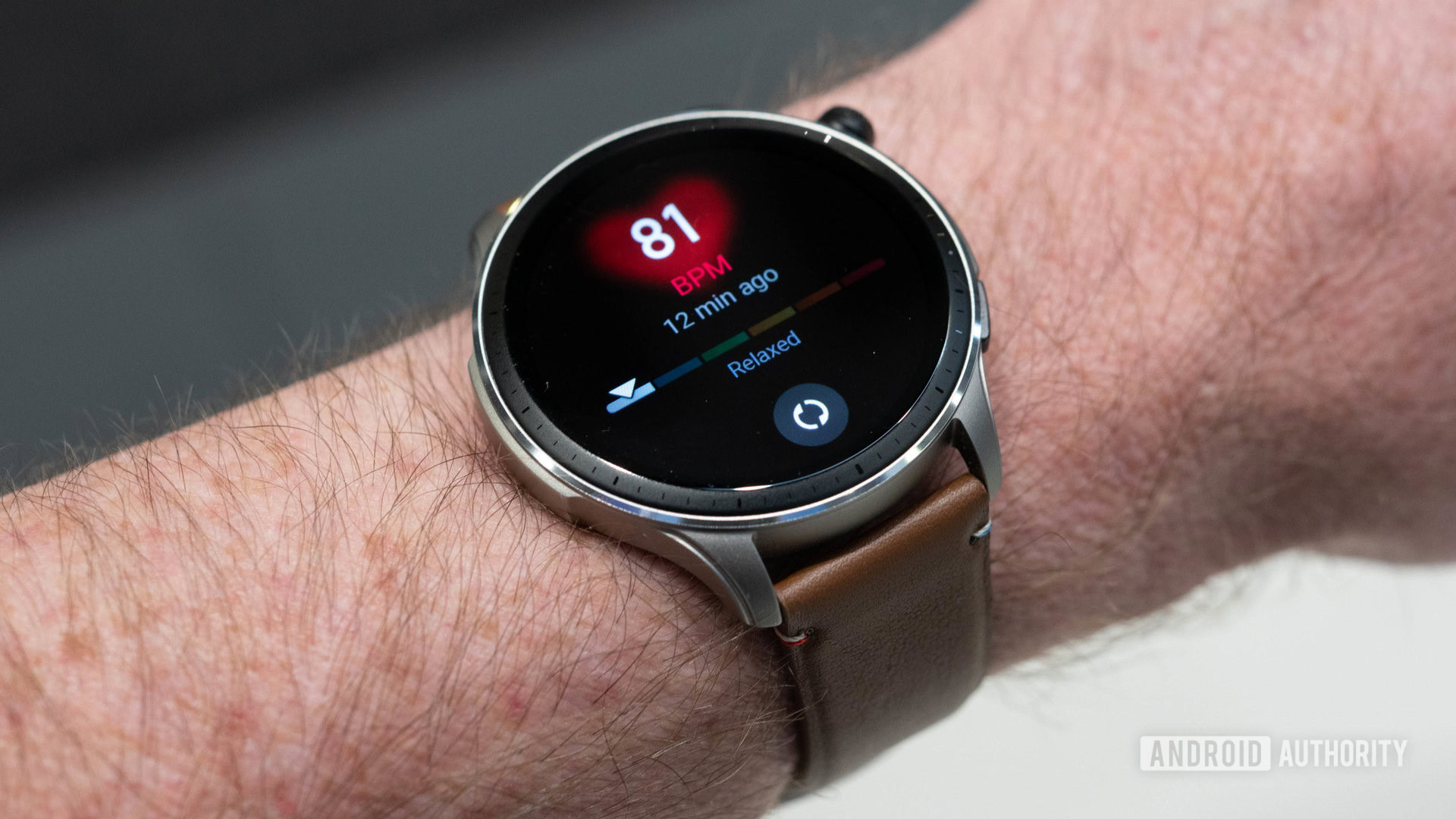
Now that we’ve taken the drawbacks into account, it’s time to consider the benefits of hearables.
Headphones 3.0
There is hope, however. The proposition of Sonical’s CosmOS operating system looks to bring the Headphone 3.0 paradigm closer into view. A hearable OS could make the dream of user-led, as opposed to manufacturer-led experiences, a reality. The idea is to allow headphones, earbuds, and hearables to function in the same way as smartphones. In essence, offering users control over which audio-related apps and features they want installed on their headphones and other hearable devices. This could stretch beyond common audio features, and instead encompass all of the innovations hearables have to offer.
From a stressful day at work to feeling elated at the football score, hearables inform users like never before
With this, there’s no denying that hearables are an exciting new chapter in wearable technology. Use cases are ever expanding upon the preliminary hearing-augmentation feature. Although this is still a key credential, newer innovations are helping to improve a wider array of peoples’ lives.
Health tracking innovations
The ability to physically track users’ emotions on the go would have been unthinkable a decade ago. This capability could have huge implications for how we conduct our daily lives. From having a stressful day at work, to feeling elated at the football score. Users can keep a tab on how they’re feeling. Not only that, it may open up the conversation about mental health even more. Allowing people to realize their emotional responses in real time provides evidence we’ve never had before. The same applies to physical exercise. By receiving an alert if you’re over-exerting yourself at the gym, you could potentially save yourself from injury. It could also help you push yourself further, getting the most out of your exercise regime.
Having more specific control over speaker augmentation also benefits a wider collection of people. No two people’s hearing is exactly the same. The combination of fit tests, adjustable EQ, ANC, and adaptive microphone levels will only benefit users’ listening experiences.
What’s still to come?
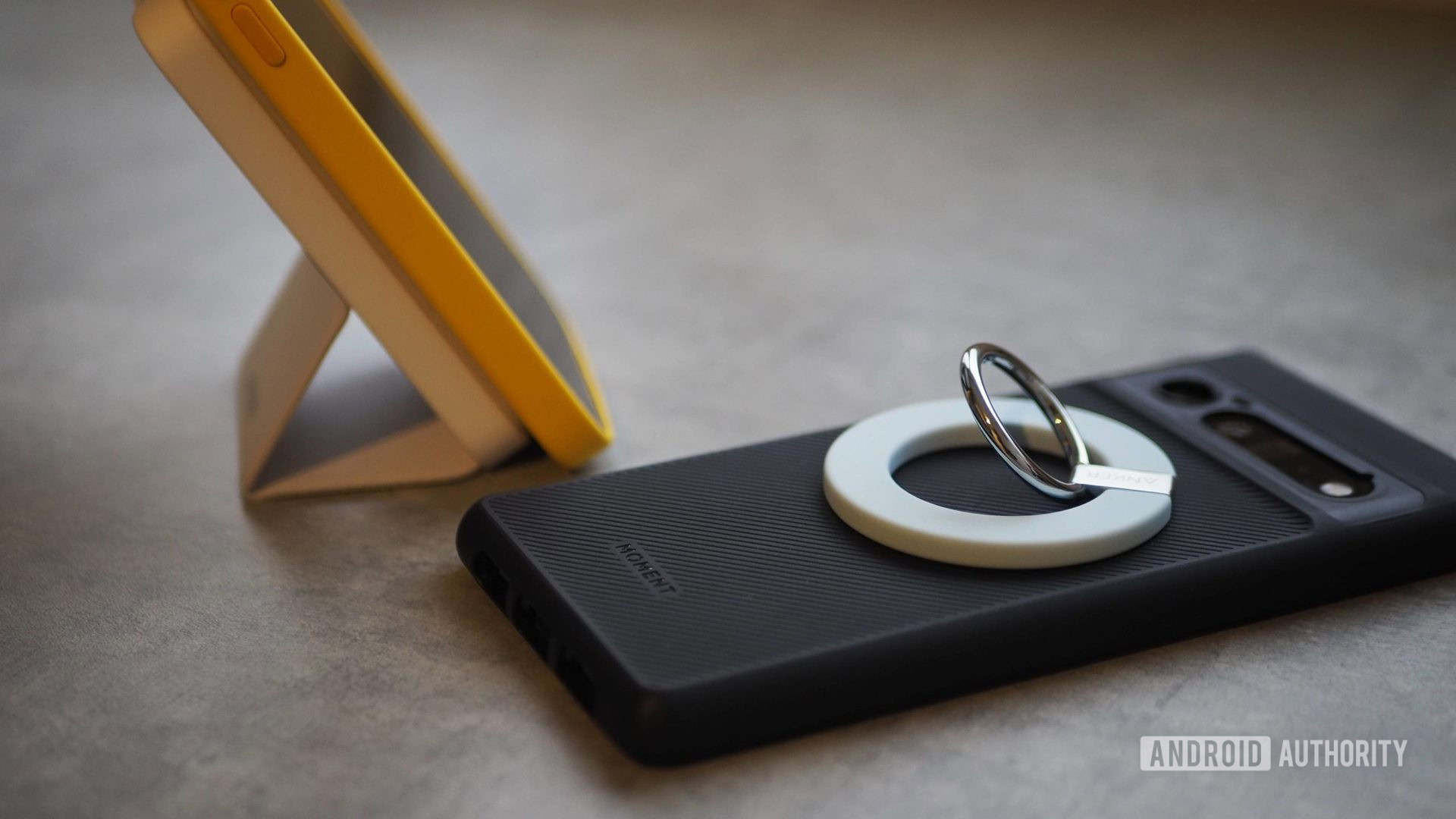
Given that modern hearables technology is still relatively new, there are a lot of promising innovations still to come. For example, we could see wireless chargers with built-in microphones to transmit audio back to your earbuds. They could act as remote microphones to assist in the intelligent processing of sound at home. For people with limited mobility, that means cross-home communication with others could get a whole lot easier. It could act as a baby monitor for parents, too, or even serve to keep one ear on the television.
'Wireless chargers could boast remote microphones to assist cross-home communication'
Simultaneous pairing between your TV, laptop, and smartphone via Bluetooth Multipoint will also likely play a big role in hearables. That means users can listen to music, whilst also taking calls on another device. Headphone audio quality should also improve, thanks to high-frequency amplification. And superior speech clarity technologies should enhance call quality, benefiting the hard-of-hearing most. Ambient sound modes will allow users to hear their surroundings whilst wearing their earbuds.
Real-time translation features could also appear here, along with in-ear assistants to help recall details from past conversations. Location detectors could alert emergency services in case of sudden falls or accidents. This is in addition to other health-based parameters to measure body temperature and blood pressure. More advanced processing could bring AI-assisted tools, too. These could make concepts like early Parkinson’s or Alzheimer’s detection a reality.
Is there a release date?
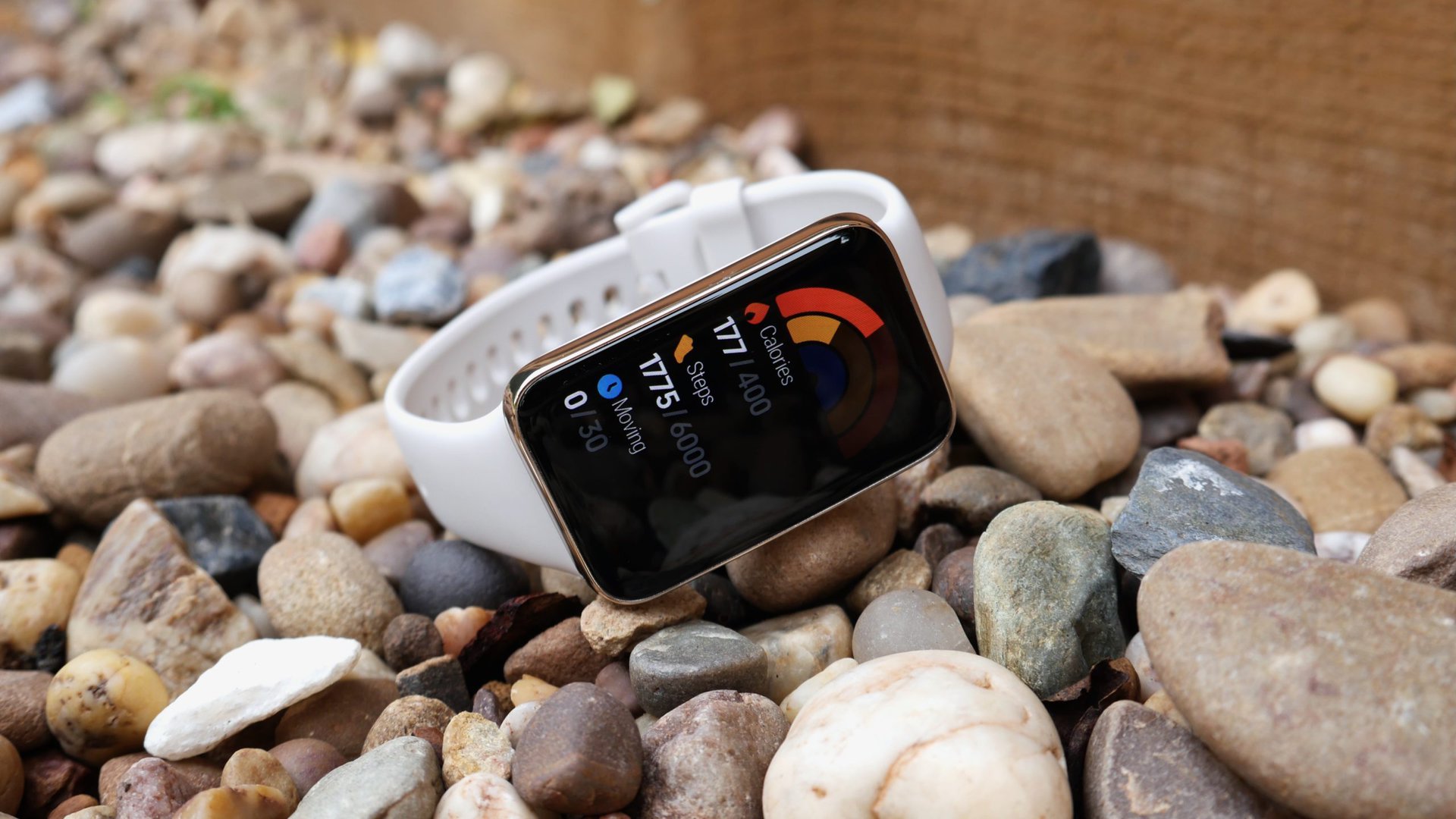
Simply put — there isn’t a known date for when hearables will be ubiquitous. Judging by the current trend, hearables will likely come to market as a trickle, rather than a bang. Take Apple’s AirPods Pro for example. They can now technically function as a hearable earbud. This is because it’s possible to upload an audiogram to the device and adjust the transparency mode parameters accordingly. Sonova has also acquired Sennheiser’s consumer products division. This could mean we’ll begin seeing more Sennheiser products boasting hearables technology in the future. That’s not to mention Sony’s collaboration with hearing aid company WS Audiology.
All of the above indicates that traditional smartphone and headphone brands are getting on board with hearable technology. It no longer appears to be a case of if, but when?